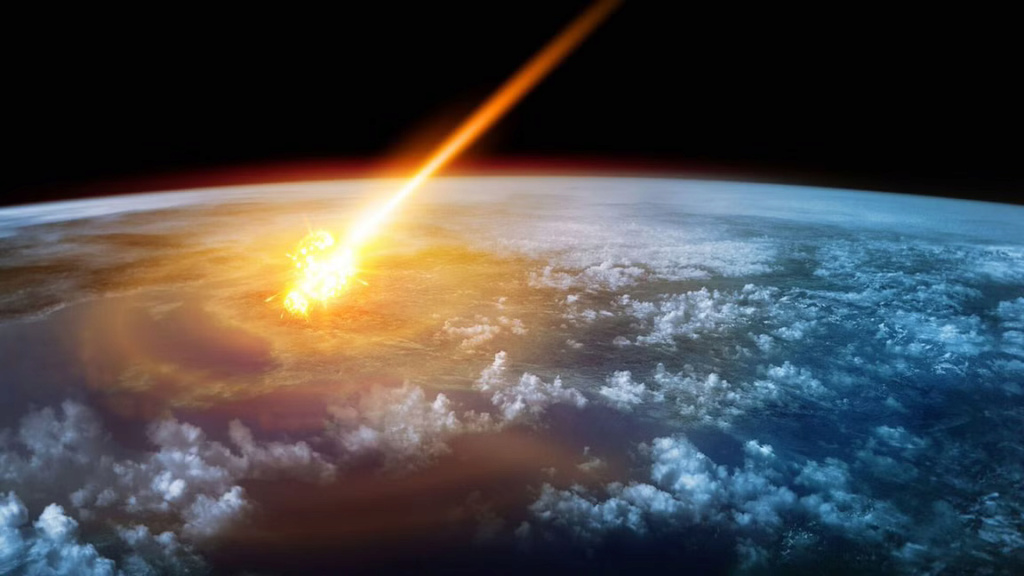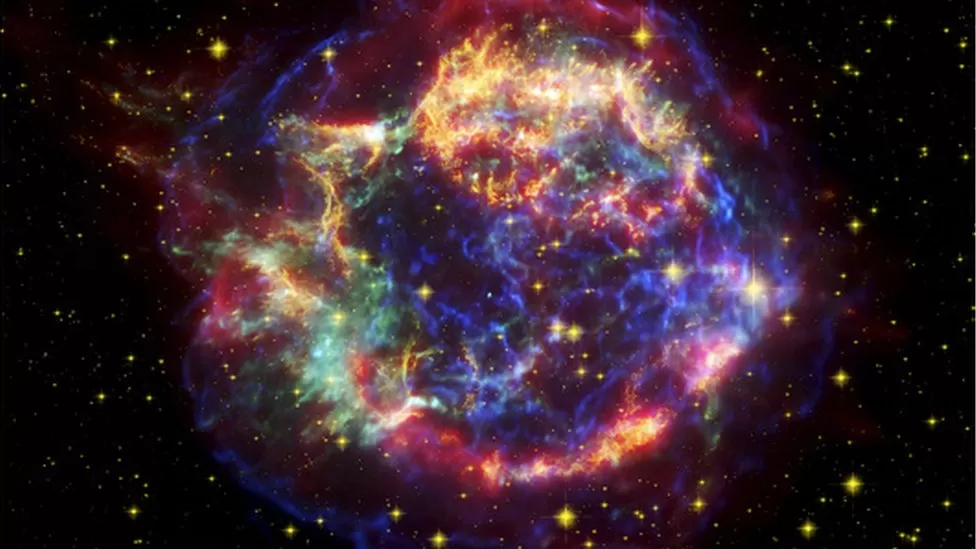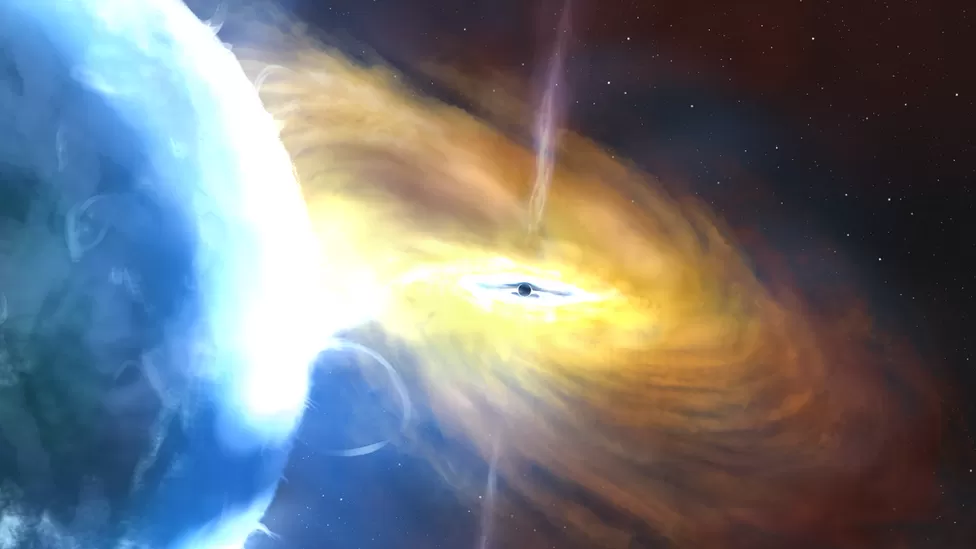Astronomers discover the "largest" cosmic explosion ever recorded

Today, Friday, astronomers announced the discovery of the “largest” cosmic explosion ever recorded, a ball of energy 100 times the size of our solar system that suddenly ignited three years ago.
Although scientists have a new explanation to explain the cause of this phenomenon, they stress the need to continue research to find clearer details.
This phenomenon, which has been called "AT2021lwx" (AT2021lwx), is not the brightest ever, and it is due to the gamma-ray burst (a massive explosion of energy during the fall of a star) "GRB221009A" that was discovered in October 2022, and it was believed to be the "brightest on record".
But this cosmic explosion, which was mentioned in the monthly magazine "Mental Notice" of the British Royal Astronomical Society, can be described as "the largest", because within three years it released an unlimited amount of energy that exceeds what results from a gamma-ray burst, according to the study's lead author, Philip Wiseman. He is an astrophysicist at the University of Southampton, UK.
Wiseman said the AT2021 LWX is the result of an "accidental discovery".
An analysis of the light proved that the explosion took eight billion years to reach the telescope
The cosmic explosion was monitored in 2020 by the American observatory, "Zwicky Transient Facility" in California, but the observation of "AT 2021 LWX" remained unused in the observatory's database, according to Wiseman, before scientists noticed it the following year.

Direct observation of the phenomenon changed the situation, while an analysis of the light proved that it took eight billion years to reach the telescope.
"an actual puzzle"
Astronomers are still asking questions about the cause of this phenomenon, as it may be a supernova, that is, a massive explosion of a star at the end of its life, but the brightness caused by “AT 2021 LWX” is ten times greater than what results from the supernova.
The second possibility is that this explosion is an astronomical phenomenon represented by the rupture of a star after it came close to a supermassive black hole, but the brightness of “AT 2021 LWX” is three times more to prove a similar scenario.
The measured brightness is only comparable to that of quasars, these galaxies harbor a supermassive black hole that latches onto matter by emitting a massive amount of light.
But the light from the quasars is bright, while in AT 2021 LWX the light suddenly worsened three years ago.
"We've never seen a similar phenomenon (...). It seems to come out of nowhere," Weizmann says.
And his team has an idea mentioned in the study, which is that a huge cloud of gas, the size of 5 thousand suns, is being devoured by a massive black hole.
Since the principle of science is that "there are no proven theories," the team works on new simulations using a range of data, with the aim of testing the "deterministic plausibility" of their theory.
But the problem lies in the supermassive black holes that are supposed to be in the center of galaxies, and that the size of “AT 2021 LWX” should be similar to the size of the Milky Way.

No one has yet discovered a galaxy in the vicinity of the observed phenomenon, and Weizmann says, "It's a real mystery."
Research in space and observational databases is therefore required, and it is possible that similar phenomena will help provide clear explanations for AT2021LWX.
Source : websites

